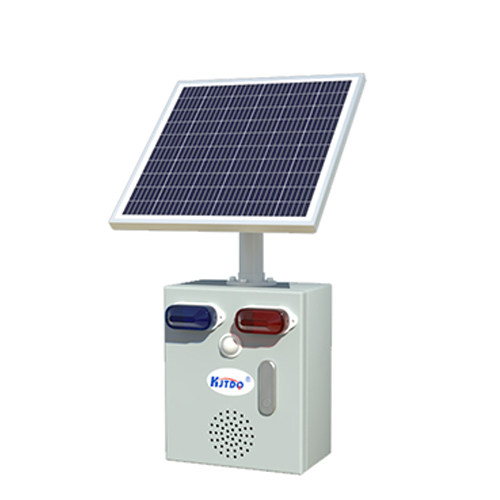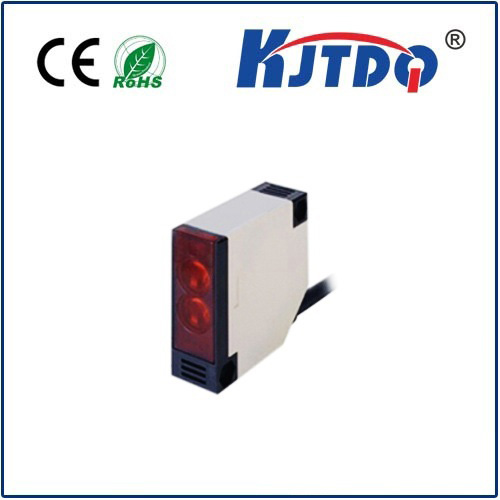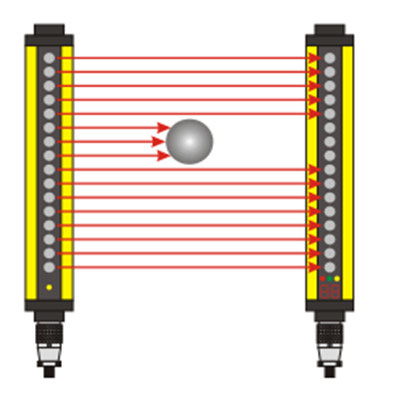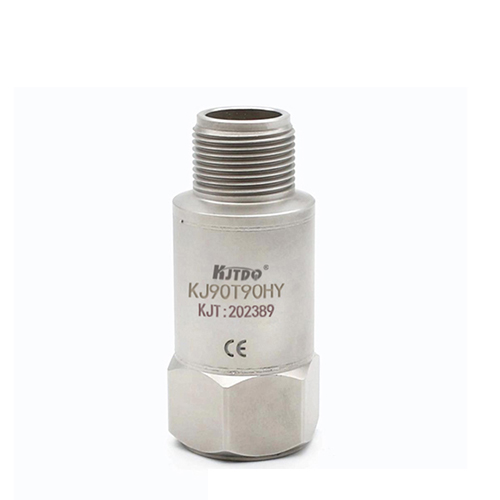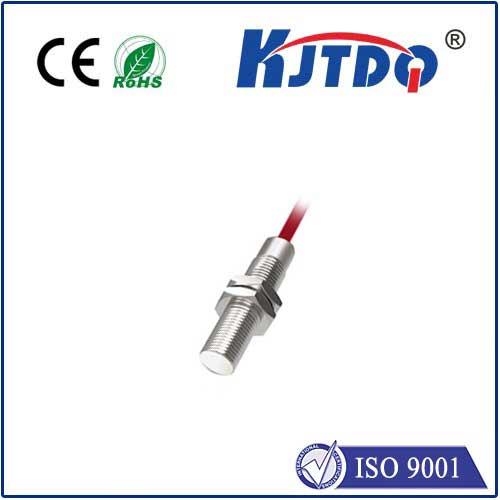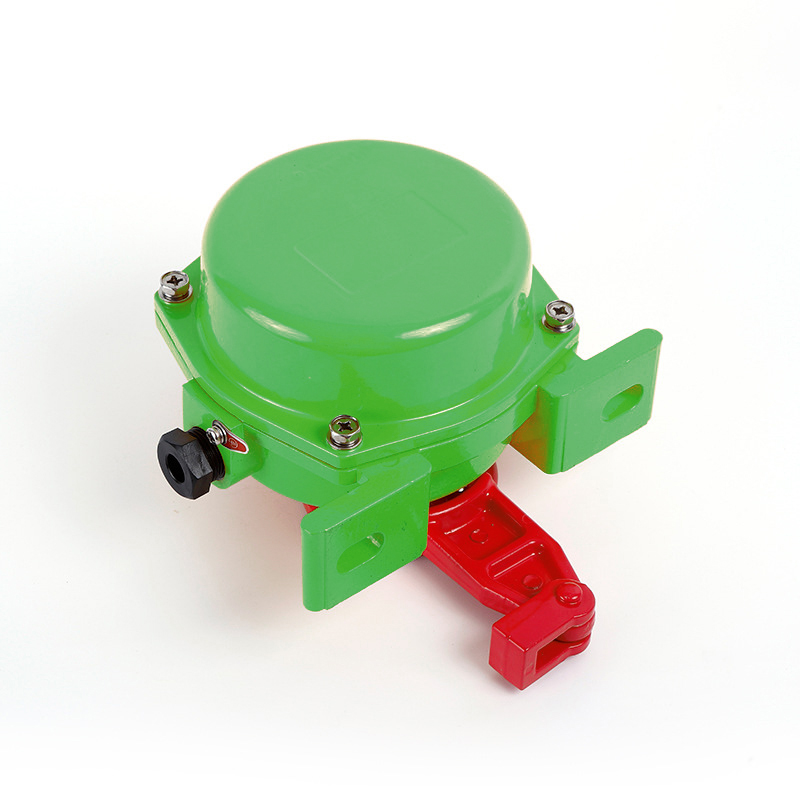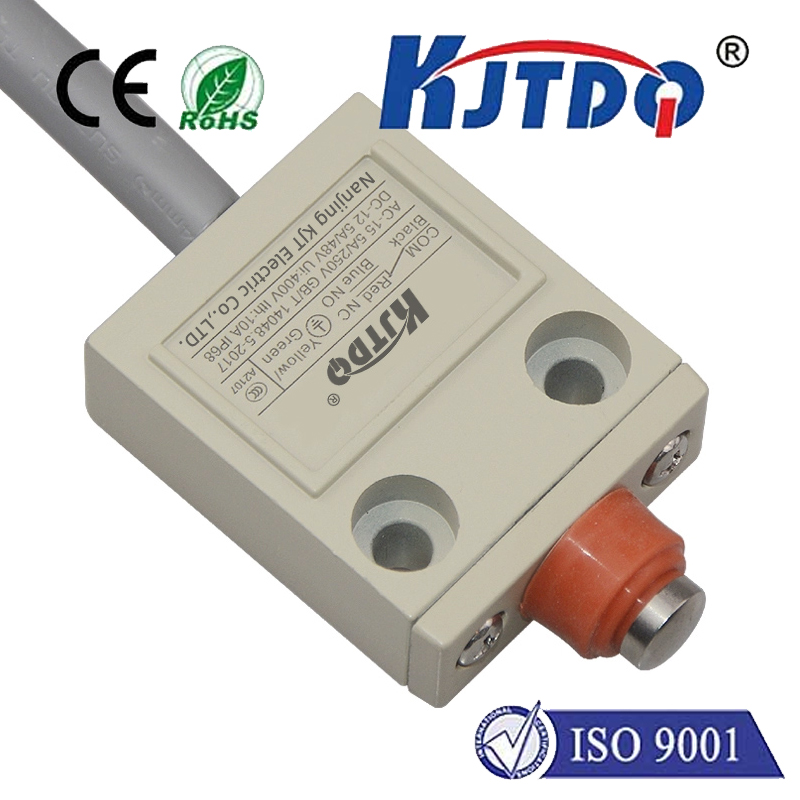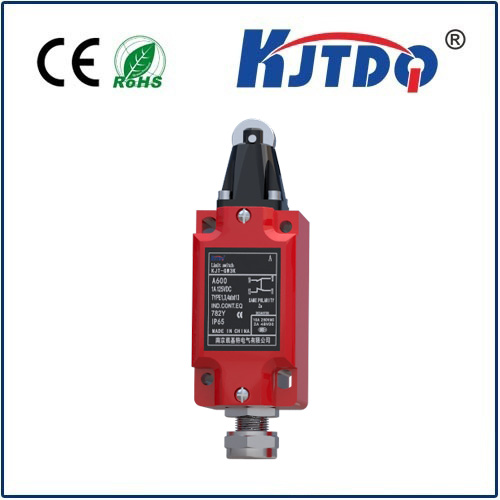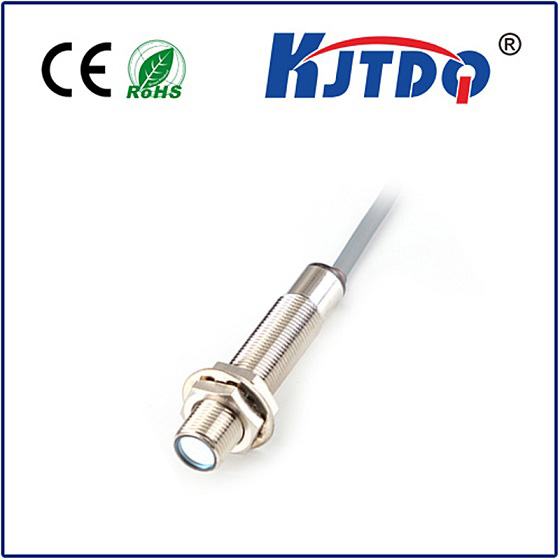capacitive proximity
- time:2025-06-17 01:53:24
- Click:0
Beyond Touch: How Capacitive Proximity Sensing is Revolutionizing Interaction
Imagine controlling devices without physical contact, detecting objects through barriers, or creating interfaces that respond intuitively to presence. This isn’t science fiction; it’s the practical magic of capacitive proximity sensing. This powerful technology leverages fundamental electrical principles to detect objects – conductive or non-conductive – without needing direct touch, enabling smarter, cleaner, and more responsive systems across countless industries.
Understanding the Invisible Field: The Core Principle
At its heart, capacitive proximity sensing works by measuring changes in capacitance. Every electrical conductor, including the sensor electrode itself, can store an electrical charge. This storage ability is capacitance. When the sensor’s electrode is energized, it creates a subtle electric field around it – an “invisible bubble” of influence. When an object enters this field, it disrupts the field lines.
- Conductive Objects (like metal or the human body): Act like an additional electrode, drawing the field lines towards them. This significantly increases the measured capacitance.
- Non-Conductive Objects (like plastic, wood, or liquid): Have a different dielectric constant than air. They alter the electric field’s distribution by concentrating the field lines within themselves, also causing a detectable (though usually smaller) increase in capacitance.
The sensor electronics constantly monitor this capacitance. Sophisticated algorithms then interpret even minute changes, triggering an output signal when a predefined threshold is crossed – indicating the proximity of an object.

Why Capacitive Proximity Stands Out: Key Advantages
This technology offers compelling benefits over other sensing methods like infrared (IR) or ultrasonic sensors:
- Touchless Operation & Enhanced Hygiene: This is arguably its most significant current advantage. In a world hyper-aware of contamination, the ability to interact without touching surfaces is invaluable. Think automatic soap dispensers, touchless faucets, hands-free elevator call buttons, or hygienic control panels in medical settings. Capacitive sensors enable this seamlessly.
- Robustness Against Environmental Factors: Unlike optical sensors (IR, photoelectric) which can be blinded by dirt, dust, fog, or direct sunlight, capacitive sensors are largely impervious to these conditions. Their reliance on electric field changes means they work reliably in dirty, wet, or brightly lit environments where optical methods fail. They are also resistant to acoustic noise interference affecting ultrasonic sensors.
- Barrier Penetration: The electric field can penetrate many non-conductive materials. This allows sensors to be completely embedded behind attractive panels (plastic, glass, wood, even thin walls), creating sleek, vandal-resistant designs. Your car door handle sensor activating the unlock is likely capacitive, hidden under the plastic trim.
- Low Power Consumption: Modern capacitive sensors, especially those using sophisticated wake-on-proximity techniques and low-power microcontrollers, sip power. This makes them ideal for portable, handheld, and battery-powered devices, extending operational life significantly compared to always-on IR or ultrasonic sensors.
- Versatility in Detection: Capacitive proximity sensors can detect a remarkably wide range of materials. While they excel with conductive objects (metal, water, the human body), they can also reliably sense the presence of many non-conductors (plastics, wood, paper, liquids) based on their dielectric properties. This is crucial for applications like liquid level detection in tanks made of non-conductive materials.
- High Sensitivity & Resolution: Advanced designs and signal processing allow for detection of objects several centimeters away or even subtle changes in position, enabling precise proximity gestures (e.g., swipe controls).
Where Capacitive Proximity Makes an Impact: Diverse Applications
The unique strengths of capacitive proximity sensing drive its adoption across a breathtakingly wide spectrum:
- Consumer Electronics: Touchless gesture control on smartphones, tablets, and laptops; wake-on-approach features for monitors and smart displays; proximity detection in wearables; intuitive interfaces on appliances.
- Automotive: Hands-free trunk opening (“kick-to-open”), interior occupancy detection (for airbags, reminder systems), touchless control panels, hidden door handle sensors, EV charging port detection.
- Industrial Automation & Robotics: Non-contact object detection on conveyors (even through packaging), liquid level sensing in tanks, part presence verification, human-robot collaboration safety zones, machine guarding.
- Building Automation & Smart Homes: Touchless light switches and dimmers, automatic doors, occupancy sensing for HVAC and lighting control, concealed controls in furniture and walls.
- Medical & Laboratory Equipment: Hygienic touchless interfaces on devices, non-contact liquid level sensing in IV bags and bioreactors, proximity-activated sanitization stations, patient monitoring systems.
- Appliances: Touchless control panels on ovens, microwaves, fridges; automatic soap/water dispensers; dishwasher detergent compartment sensing.
Design Considerations: Tuning the Invisible Field
Implementing capacitive proximity sensing effectively requires careful attention to several factors:
- Sensor Electrode Design & Size: The shape, size, and layout of the electrode(s) directly influence the shape, size, and sensitivity of the electric field. Larger electrodes generally provide longer range, while complex patterns can enable gesture recognition.
- Sensitivity & Threshold Calibration: Setting the correct detection threshold is crucial to avoid false triggers (detecting objects too far away or unintended targets) and missed detections. This often requires calibration for the specific application environment.
- Grounding & Shielding: Proper grounding is essential for stable operation and noise immunity. Shielding techniques (guard rings, driven shields) are often employed to shape the electric field precisely and prevent unintended coupling to nearby metal structures or the device chassis, reducing noise and false triggers (parasitic capacitance must be managed).
- Environmental Effects: While robust, factors like temperature extremes and humidity can slightly affect dielectric constants. High-end sensors often incorporate compensation algorithms.
- Signal Processing & Algorithms: Sophisticated filtering and signal processing algorithms are vital to distinguish the desired proximity signal from electrical noise (EMI) and environmental fluctuations, ensuring reliable performance.
The Future: Smarter Fields
Capacitive proximity sensing is far from static. Innovations continue to push the boundaries:
- Multi-Electrode Arrays & Advanced Gesture Recognition: Moving beyond simple presence/absence to detailed hand tracking and complex gesture interpretation for richer interaction.
- Material Discrimination: Refining capabilities to not only detect presence but also potentially identify the type of material or object based on its unique capacitive signature.
- Integration & Miniaturization: Embedding smarter, lower-power capacitive sensing capabilities directly into system-on-chips (SoCs) and microcontrollers, making it even more accessible and ubiquitous.
- New Form Factors: Integration into flexible substrates and textiles, opening possibilities for smart clothing, interactive surfaces, and novel human-machine interfaces.
Capacitive proximity sensing has evolved from a niche technology to a fundamental building block of modern interactive systems. Its ability to offer reliable, touchless detection through barriers, coupled with exceptional robustness and versatility, makes it an indispensable tool for designers and engineers striving to create cleaner, smarter, and more intuitive interfaces. From the car you drive to the faucet in your bathroom and the phone in your pocket, the subtle power of the electric field is quietly shaping our interaction with the world. As technology advances, the boundaries of what these invisible fields can detect and control will only continue to expand.






